The director of the World Health Organization has officially characterized the coronavirus COVID-19 as a pandemic.
Tedros Adhanom Gebreyesus said that thousands of people are fighting for their lives in hospitals, and that the number of deaths and cases is expected to increase even more within the next days.
“WHO has been assessing this outbreak around the clock and we are deeply concerned both by the alarming levels of spread and severity, and by the alarming levels of inaction. We have therefore made the assessment that COVID-19 can be characterized as a pandemic” said Tedros.
In the past two weeks, the number of cases of COVID-19 outside China has increased 13-fold, and the number of affected countries has tripled. There are now more than 118,000 cases in 114 countries, and 4,291 people have lost their lives.
“Pandemic is not a word to use lightly or carelessly. It is a word that, if misused, can cause unreasonable fear, or unjustified acceptance that the fight is over, leading to unnecessary suffering and death” said Tedros.
What does the consideration of a pandemic change?
“Describing the situation as a pandemic does not change WHO’s assessment of the threat posed by this virus. It doesn’t change what WHO is doing, and it doesn’t change what countries should do”, added.
The leader of the World Health Organization said that we have never before seen a pandemic sparked by a coronavirus.” And we have never before seen a pandemic that can be controlled.”
“As I said before, just looking at the number of cases and the number of countries affected does not tell the full story. Of the 118,000 cases reported globally in 114 countries, more than 90 percent of cases are in just four countries, and two of those – China and the Republic of Korea – have significantly declining epidemics. 81 countries have not reported any cases, and 57 countries have reported 10 cases or less.”
All countries have the power to change the course of this pandemic, Tedros said.
The director asked all the countries to:
- Activate and expand their emergency response mechanisms
- Communicate to their citizens about the risks and how they can protect themselves
- Find, isolate and diagnose every case, and track every single contact
- Prepare your hospitals
- Protect and train your health workers
- Take care of each other
“If countries detect, test, treat, isolate, trace, and mobilize their people in the response, those with a handful of cases can prevent those cases becoming clusters, and those clusters becoming community transmission. Even those countries with community transmission or large clusters can turn the tide on this virus.”, said.

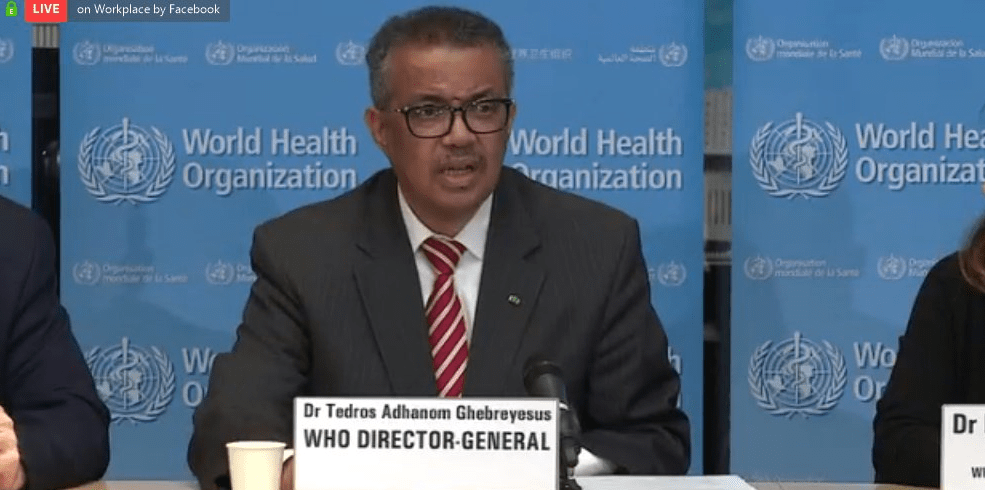

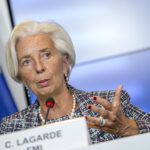
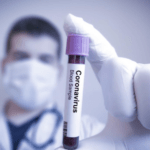
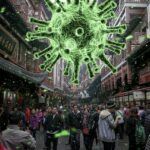
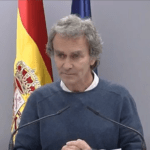
Leave a Reply